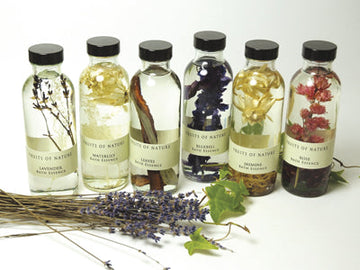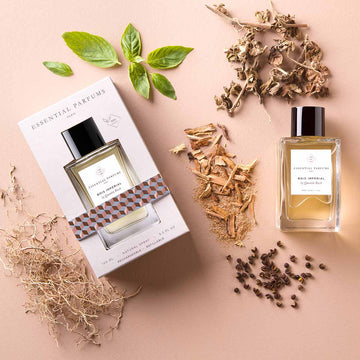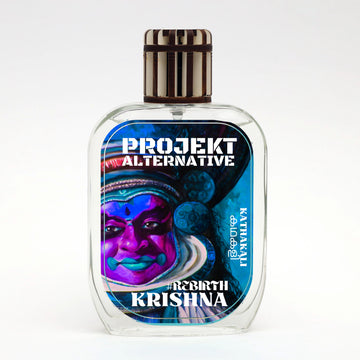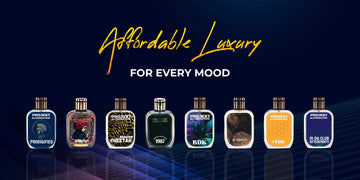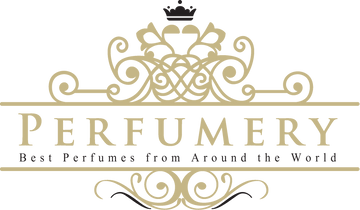Memory is strongly linked to the experiences our senses have. They could render to be good experiences that tingle the memory for the long run , some that do not make an impact to be remembered and some that are bad and are refrained from owing to a bad experience. Smell is one of those senses that can strongly imprint the mind .
Smell is used to evoke feelings and journey you back to memories that you might associate to that smell, for example let’s say the smell of freshly laundered sheets or a rose garden. Perfume is, quite simply, a mastery of some of the most frequent scents, and the artful combination thereof to produce a unique concoction for an individual person that will relay up and down their memory lane.
How are perfumes made and what do they comprise of?
Perfumes usually have a narrative to tell, a story to weave into through the concoction of a required blend. In the earlier times all scents produced for perfumes were derived from the earth and were natural blends be it dried herbs, burnt wood or extracted essential oils.
Ingredients to cook up a scent:
-
Essential Oils : These are the oils extracted from plants and flowers. Once the oils have been extracted they go through about a series of processes before they are churned out as oils. This laborious process of perfume creation has barely begun after the essential oils are extracted . They are then masterfully blended according to a specific formula. While creating a perfume the concentration of the oil in the blend further divides it into different types.
- Eau Fraiche: This blend has the lightest concentration of fragrance oil. It has an oil concentration of about 1-3%. Due to its low alcohol concentration and high water content, it’s a great choice for sensitive skin and wears off faster than the other variants.
- Eau De Cologne: This blend contains about 2-4% of the oil concentrate and generally fades within an hour or two. Cologne is the name most commonly given to men’s fragrances .
- Eau De Toilette: This blend generally has about 5-15% of the oil concentrate and lingers on for about three hours. It is one of the most popular fragrance choices because it lasts well and has a lower price point than an EDP or a Parfum variant
- Eau De Parfum: This blend has the second highest fragrance concentration with the oil concentrate between 15 to 20%.No matter what the occasion is, this fragrance type can be more reliable than other above mentioned blends.
- Parfum: Also known as extrait de parfum, pure perfume or Parfum is the most concentrated scent. It contains 20 to 40% oil and can last for a couple of good hours through the day .

- Alcohol: After the scent is finally created, it is then mixed with varying amounts of the next ingredient that is alcohol. The amount of alcohol is also the determining factor as to whether the blended liquid will be a cologne, perfume, or eau de toilette.
- The Aging Process or "The Maceration" : After the oils are extracted, blended, and amalgamated with with alcohol, the concoction is ready for the aging process. During this period, the perfume is set aside in a dark and a cool area. It is kept there to age for a couple of months without having anyone making any further alterations to the mix. This aging process helps intertwine the alcohol and oils together. After the aging process, an expert will test the scent to make sure that it's correct. Usually, the smell will be stronger than it was before the aging process. Any desired adjustment and additional blending can take place at this point.


